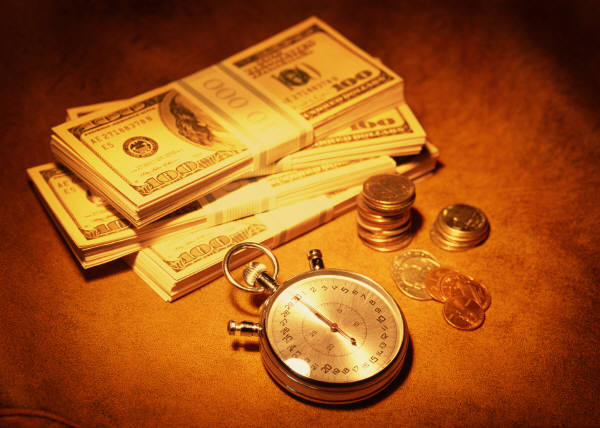Home » Swint Friday's Articles » HOT TOPICS » Additive Manufacturing (3D Printing)
Category Archives: Additive Manufacturing (3D Printing)
Using 3-D printing to make jet engines
- Source: FORTUNE

A worker ensures the dimensional conformity of a prototype pattern. Today Alcoa can 3-D print the dies used to manufacture turbine parts.Courtesy: AlcoaAlcoa’s embrace of additive manufacturing allows it to turn ideas into reality faster.
Company Snapshot
Name: Alcoa
Ranking: 130
Headquarters: New York City
Employees: 60,000
Revenue: $23 billion (2013)
If you’ve spent any amount of time in an aircraft about to take off—gazing out the window at the tarmac, thinking about the cold beverage you’ll have at altitude—you’ve probably spent at least a passing moment wondering how exactly manufacturers make sure the iron birds don’t break. The answer is materials science, of course. But that’s not the whole story.
There’s a great deal of testing that goes into airplane parts to be sure they can handle the temperatures and stresses of aviation. Alcoa would know. The metals producer, more than 125 years old, makes parts for gas turbines, the engines that plane manufacturers such as Boeing and Airbus install to give planes the power to get you to your next meeting. The problem? All that testing takes time. Between tooling, development, and casting, it used to take Alcoa upwards of a year to manufacture one of the nickel-alloy parts that go into an engine, where it must withstand temperatures of up to 2,000˚F. Then the company caught wind of something called additive manufacturing—better known as 3-D printing.
World’s first 3-D printed cars go on sale next year
Chris Woodyard, USA TODAY8:05 p.m. EST November 7, 2014
LAS VEGAS — For those frustrated at having to search dealers’ showrooms for just the right set of wheels, along comes an innovation that could make creating a custom-made car as easy as a few keystrokes.
A Phoenix company said this week that it plans to produce what it’s calling the world’s first 3-D printed car. Local Motors says it plans to make them available for sale in about a year at prices ranging from $18,000 to $30,000.
The basic idea is simple: Buyers would be able to select their ideal car on a computer screen, then hit the print button. A giant machine would then start making the car out of carbon fiber-reinforced plastic, weaving it out of thin lines of paste that harden to form the chassis, body and even the dashboard. The process takes about 40 hours.
Some of the car’s major components are then attached to complete the car, such as the wheels, controls and powertrain.
Instead of about 25,000 parts in some modern cars, Local Motors says the prototype that it’s showing off last week in Las Vegas at the Specialty Equipment Market Association (SEMA) trade show has about 50.
Because the car is easily changed on a computer screen, it can be shaped to however the buyer would like it, says CEO John “Jay” Rogers.
“If I want this car to be 10% bigger, I just click a button,” he says.
Don’t like the model called the Strati after all? Hang on to it for a few months, then go and choose another model. The 3-D-printed car will be recyclable as long as it has not been painted, Rogers says. Buyers quick to change fashions can grind up their existing car into fine particles again and use the materials to make a new model.
Rogers says the car will pass safety tests. And unlike other cars that can take months for improvements, Local Motors can change any part of its cars with a few keystrokes, allowing changes within hours of a crash test.
The notion of a 3-D-printed car “sounds feasible at some point,” says John O’Dell, an editor for Edmunds.com who specializes in eco-friendly cars.
He noted that handcrafters have made one-of-a-kind cars for generations, so the notion of a car made just for a particular person isn’t entirely new. Those cars, however, were generally not the for the masses. Rather, they appealed to the whims of the super-rich in the past century.
So O’Dell says he’ll watch with interest to see if Local Motors can pull off the idea of 3-D printed cars for the masses.











